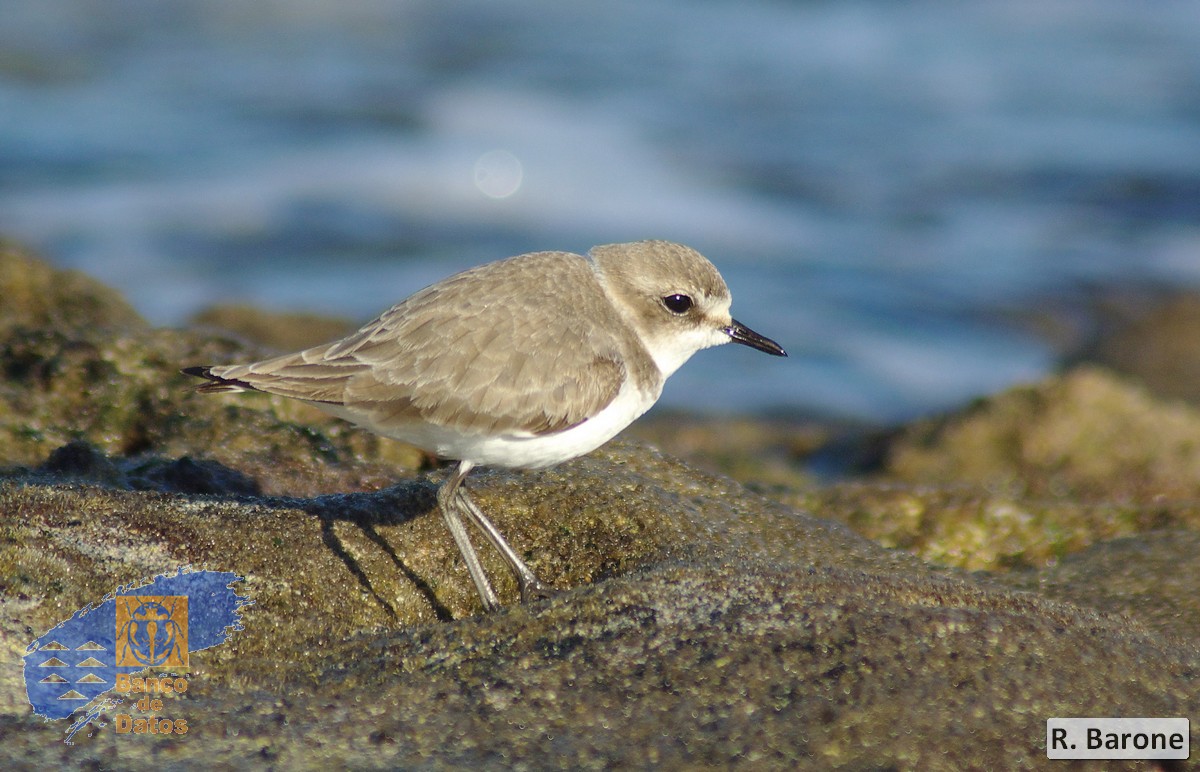Charadrius Marginatus: The Coastal Plover Of South Africa
Share
The Charadrius marginatus, commonly known as the White-fronted Plover, is a fascinating bird species belonging to the family Charadriidae within the order Charadriiformes. This article delves into the taxonomy, habitat, behavior, diet, reproduction, and conservation status of this unique coastal bird, providing insights for birdwatchers and nature enthusiasts alike.

Taxonomy
The White-fronted Plover is classified under the following taxonomic hierarchy:
- Order: Charadriiformes
- Family: Charadriidae
- Suborder: Charadrii
- Subfamily: Charadriinae
- Species: Charadrius alexandrinus
- Subspecies: marginatus
This subspecies was first described by Geoffroy de Saint-Hilaire and Vieillot in 1818, with no specific locality mentioned in the original description. The range of Charadrius marginatus extends along the coasts of South Africa, from Damaraland to Natal.
Physical Characteristics
The White-fronted Plover is a small, stocky bird, typically measuring about 15 to 20 cm in length. It has a distinctive appearance characterized by a white forehead and a black band across its eyes. The upper parts are sandy brown, providing excellent camouflage against the sandy beaches it inhabits. The underparts are white, and the legs are relatively short, adapted for its lifestyle along the shore.

Habitat
Charadrius marginatus primarily inhabits sandy beaches, estuaries, and coastal wetlands. It prefers areas with sparse vegetation, where it can easily forage for food while remaining concealed from predators. The bird is often seen along the intertidal zones, where it can take advantage of the rich food sources available.
Diet
The diet of the White-fronted Plover mainly consists of small invertebrates, including crustaceans, mollusks, and insects. It forages by running along the shoreline, stopping frequently to probe the sand with its bill. This behavior allows it to locate hidden prey, making it an efficient hunter in its coastal environment.

Behavior
The White-fronted Plover is known for its distinctive behavior, which includes a series of quick runs followed by sudden stops. This foraging technique helps it spot potential food items. The bird is also quite social, often seen in small groups, especially during the non-breeding season. It is territorial during the breeding season, defending its nesting area against intruders.
Reproduction
Breeding typically occurs from September to March, coinciding with the warmer months in South Africa. The female lays a clutch of 2 to 4 eggs in a shallow scrape on the beach, often camouflaged with surrounding sand and debris. Both parents share incubation duties, which lasts about 25 to 30 days. Once hatched, the chicks are precocial, meaning they can leave the nest shortly after birth and begin foraging for food with the guidance of their parents.

Conservation Status
The White-fronted Plover is currently classified as Least Concern by the IUCN Red List. However, it faces threats from habitat loss due to coastal development, pollution, and human disturbance. Conservation efforts are essential to protect its breeding habitats and ensure the sustainability of its populations.
Birdwatching Tips
For birdwatchers interested in observing Charadrius marginatus, the best locations are sandy beaches and estuaries along the South African coast. Early morning or late afternoon are ideal times for sightings, as the birds are most active during these periods. Observers should maintain a respectful distance to avoid disturbing the birds, especially during the breeding season.

The White-fronted Plover is not just a beautiful bird; it plays a vital role in the coastal ecosystem by helping to control invertebrate populations. Its presence indicates a healthy coastal environment, making it an important species for ecological monitoring.
In summary, Charadrius marginatus is a remarkable bird that embodies the beauty and complexity of coastal ecosystems. Its unique adaptations and behaviors make it a fascinating subject for study and observation, reminding us of the importance of preserving our natural habitats for future generations.